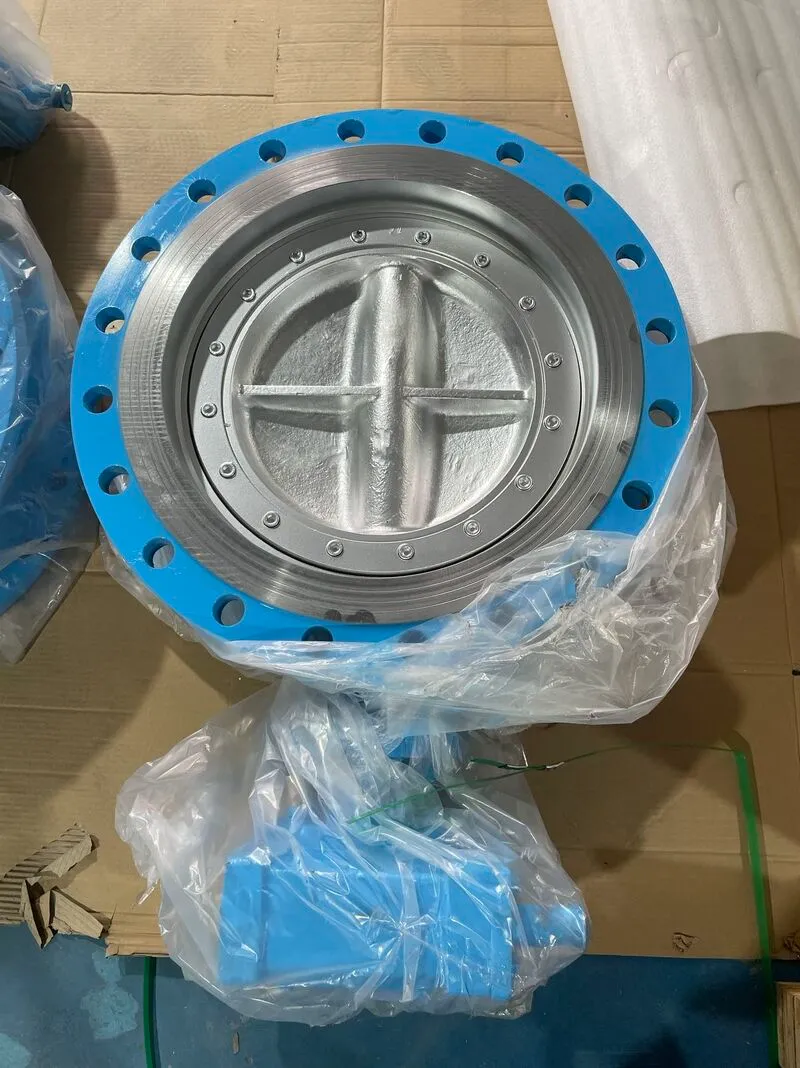Understanding Elbow Pipe Fittings and Their Applications in Plumbing Systems
Understanding Elbow Pipe Fittings A Comprehensive Guide
Elbow pipe fittings are essential components in piping systems, designed to change the direction of fluid flow. As the name suggests, these fittings are typically bent at an angle, allowing for shifts in the pipeline without requiring additional straight sections. In this article, we will explore various aspects of elbow pipe fittings, including their types, materials, applications, and installation considerations.
Types of Elbow Pipe Fittings
Elbow fittings come in several angles, each serving specific purposes in pipeline configurations. The most common angles are
1. 90 Degrees This fitting allows for a sharp turn in the piping system and is often used in corners or when directing flow vertically or horizontally. 2. 45 Degrees This type creates a gentler turn compared to the 90-degree fitting and minimizes pressure loss, making it a preferred choice in longer piping runs. 3. 22.5 Degrees Often used in ventilation applications or in cases where space is limited, the 22.5-degree elbow helps create smooth transitions.
Additionally, elbows may come in different radii, including short radius (SR) and long radius (LR). Long radius elbows generally reduce turbulence and pressure drop, making them more suitable for high-velocity applications.
Materials Used in Elbow Pipe Fittings
Elbow fittings are made from a variety of materials, each providing unique advantages depending on the application
- PVC (Polyvinyl Chloride) Commonly used in residential plumbing and irrigation systems, PVC elbows are lightweight, corrosion-resistant, and cost-effective. - CPVC (Chlorinated Polyvinyl Chloride) This material can withstand higher temperatures than standard PVC, making it ideal for hot water applications. - Metal Elbows Stainless steel, carbon steel, and brass are popular choices for industrial applications. They offer durability and resistance to high pressures and temperatures, though they may require protective coatings to prevent corrosion. - Ductile Iron Often used in municipal water supply systems, ductile iron elbows are known for their strength and reliability.
elbow pipe fittings

Applications of Elbow Pipe Fittings
Elbow fittings are widely used across various industries, including
- Construction In residential and commercial building projects, elbow fittings are vital for plumbing systems, HVAC installations, and fire protection systems. - Oil and Gas They are utilized to navigate complex piping networks, ensuring fluid transport while maintaining system integrity under pressure. - Agriculture In irrigation systems, elbows help guide water flow to crops and fields efficiently. - Manufacturing Many production processes involve the movement of gases or liquids through pipes where elbows facilitate directional changes.
Installation Considerations
Proper installation of elbow pipe fittings is crucial for maintaining system efficiency and longevity. Here are some best practices
1. Alignment Ensure that the elbow is correctly aligned with the adjoining pipes to prevent undue stress and potential leaks. 2. Support Provide adequate support and anchoring along the pipeline to accommodate the weight of the elbows and the fluid within the system. 3. Sealant Use When necessary, apply appropriate sealants or gaskets to create tight connections and prevent leaks. 4. Testing After installation, perform pressure testing to verify the integrity of the system. This will help identify any issues before the system goes live.
Conclusion
Elbow pipe fittings are critical components that facilitate efficient fluid movement in diverse applications. Understanding the various types of elbows, their materials, and proper installation techniques is essential for engineers, plumbers, and maintenance personnel. With the right choices and practices, these fittings can enhance the performance of piping systems while ensuring reliability and longevity. Whether in residential plumbing, industrial applications, or agricultural settings, elbow pipe fittings play a significant role in the overall functionality of fluid transport systems.
-
The Versatility of Wafer Type Butterfly ValvesNewsJul.08,2025
-
The Strength and Versatility of Stainless Steel Globe ValvesNewsJul.08,2025
-
The Practical Benefits of Lug Type Butterfly ValvesNewsJul.08,2025
-
The Best Brass Gate Valve Deals You Need to KnowNewsJul.08,2025
-
Fully Welded Ball Valves: A Key to Long-Lasting, Leak-Proof SolutionsNewsJul.08,2025
-
Flanged Butterfly Valves: A Practical Solution for Modern SystemsNewsJul.08,2025
-
The Versatility of Ball Valves in Fluid Control SystemsNewsJun.10,2025




